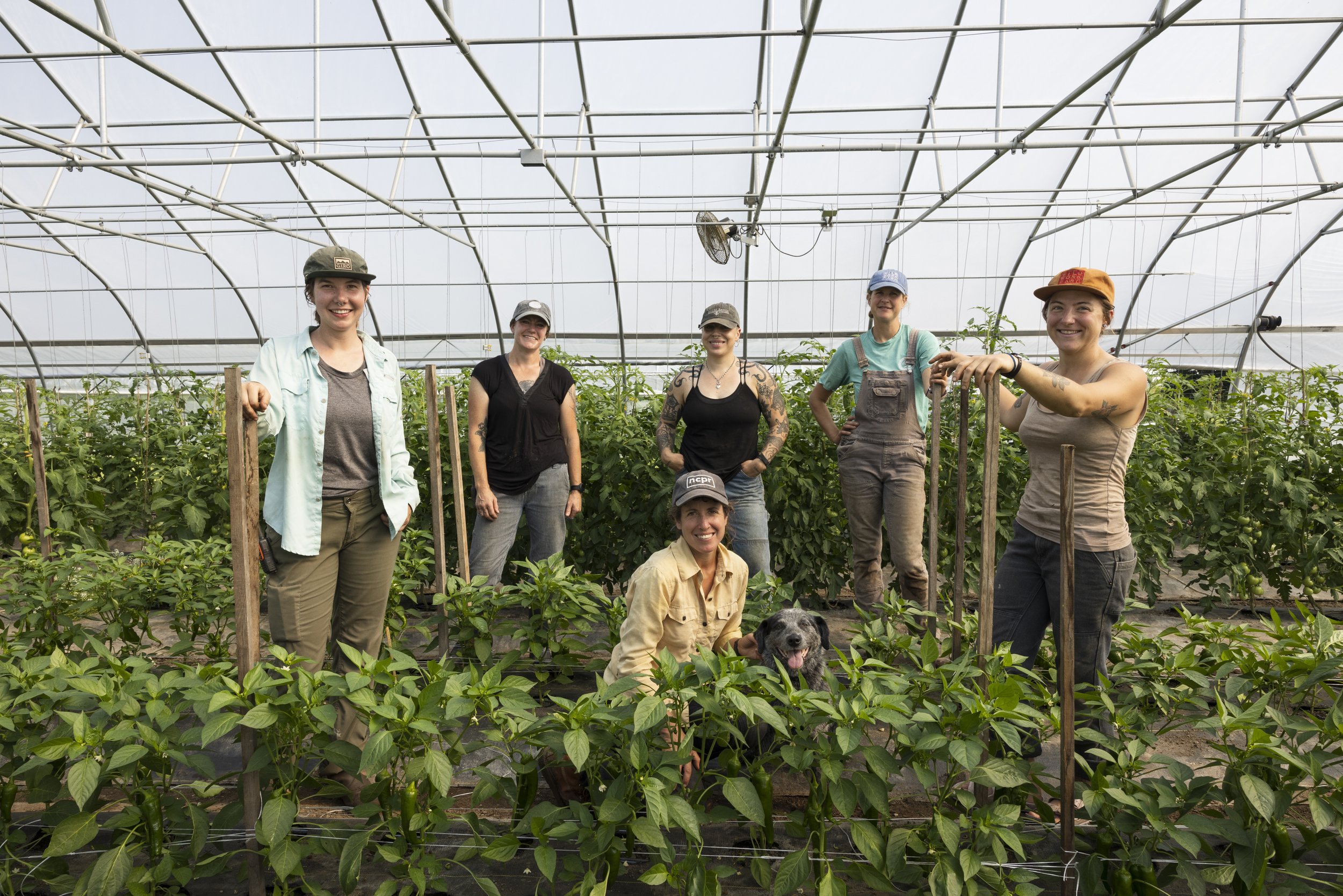Maximize Efficiency with an NRCS Hoop House: A Guide for High Tunnel Growers

Do you want to increase your farm’s productivity while keeping costs low?
Are you looking for a way to extend your growing season and protect your crops from unpredictable weather?
What if there was a simple, cost-effective solution that could help you grow fresh produce year-round?
The NRCS Hoop House might be the solution you need. Hoop houses, also known as high tunnels, provide an easier way to grow crops year-round while minimizing the risks posed by extreme weather conditions.
What is a Hoop House?
Unlike traditional greenhouses made of glass and reliant on supplemental heat, hoop houses are traditionally not heated, and are covered with a much more affordable polyethylene film. These structures offer an excellent environment for year round growing for any budget.
Hoop Houses vs. Greenhouses: What's the Difference?
While both hoop houses and greenhouses serve similar purposes, there are some key differences between the two. Here’s a quick breakdown:
- Construction: Hoop houses are typically made with steel bows and covered with a flexible polyethylene film. They are technically temporary structures and don't require concrete footings or any foundation. On the other hand, greenhouses are permanent, with solid walls made from materials like glass or polycarbonate, and often include a concrete foundation.
- Growing Methods: Hoop houses are primarily used for growing plants directly in the ground. Greenhouses, on the other hand, are often designed for growing plants on tables or other elevated surfaces.
- Cost and Maintenance: Hoop houses are generally more cost-effective than greenhouses. They require less maintenance and labor to install, making them a practical option for small-scale farmers.
NRCS Hoop House Program: How It Helps Growers
The Natural Resources Conservation Service (NRCS) offers a program designed to help farmers implement hoop houses on their land. The NRCS Hoop House program provides funding and technical assistance to eligible producers, making it easier for them to incorporate high tunnels into their operations. Through this program, you can access cost-share funding to install hoop houses, receive guidance on site selection, and benefit from expert advice on how to manage high tunnels for maximum effectiveness.
How to Apply for NRCS Hoop House Assistance
Farmers interested in building a hoop house with NRCS assistance should begin by contacting their local NRCS office. The process typically involves:
- Eligibility Check: You’ll need to meet certain eligibility criteria, such as being a working farmer or rancher with a defined agricultural operation.
- Planning and Design: NRCS staff will assist with planning the hoop house and determining the best design and location for your needs.
- Funding Approval: Once your plan is in place, NRCS will assess your application and determine the funding amount you are eligible to receive.
- Construction: After receiving approval, you can begin the construction of your hoop house, often with the help of technical assistance from NRCS.
Take the Next Step: Grow More with an NRCS-Approved Hoop House
By combining the benefits of passive solar heating with modern farming techniques, NRCS-approved hoop houses offer a solution that aligns with both economic and growing goals. For growers interested in taking advantage of this opportunity, reaching out to NRCS is the first step toward a more resilient and profitable farming operation.







